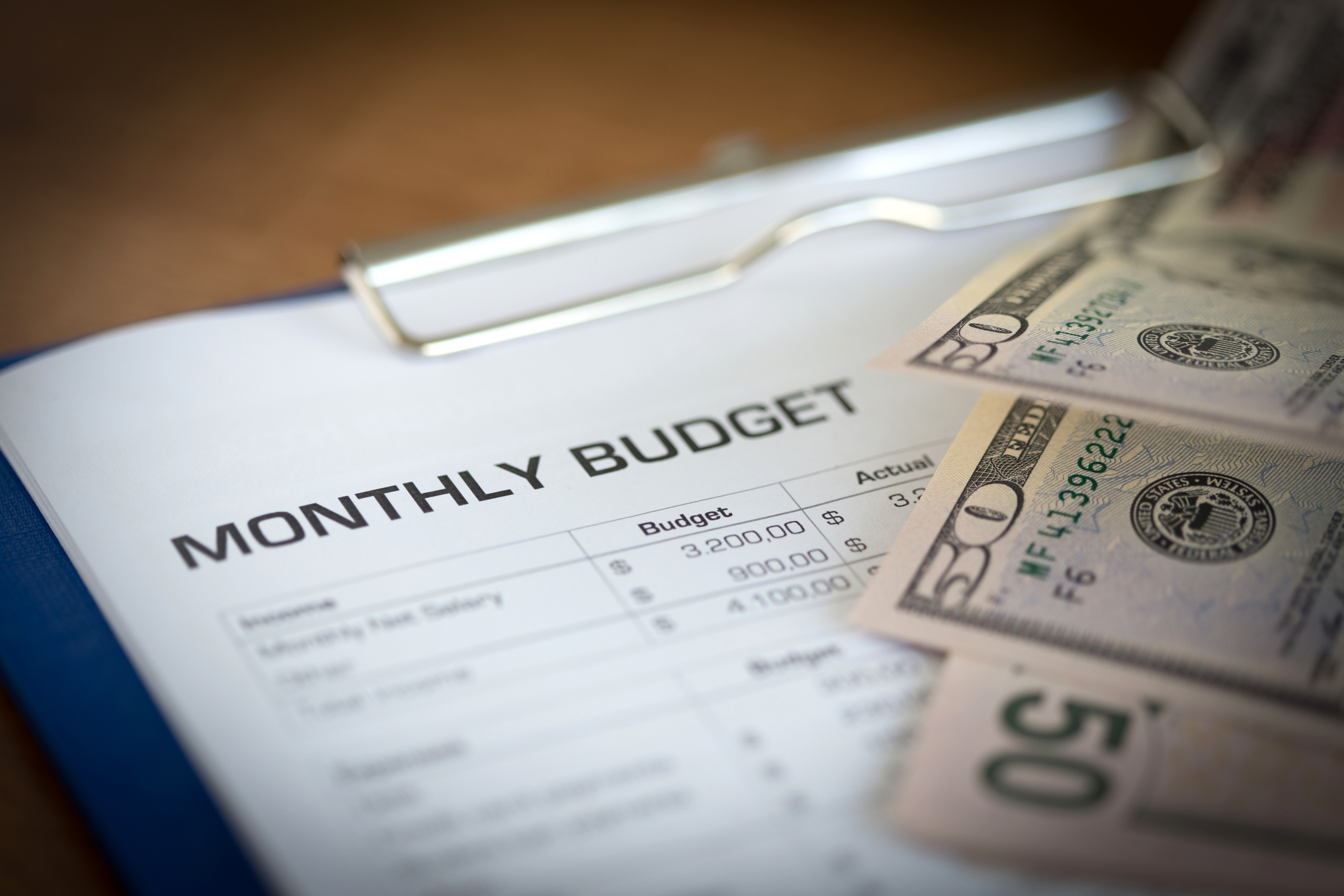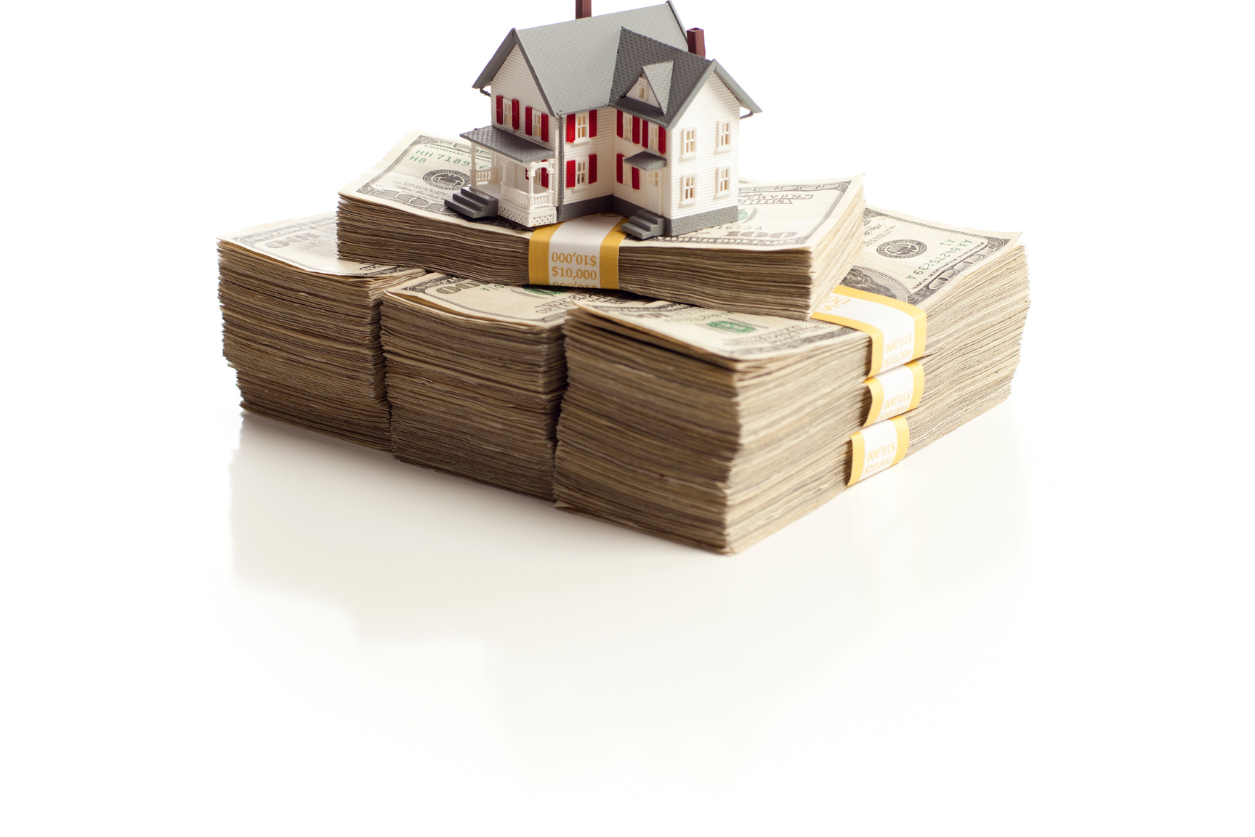This month we move on to creating a budget. Admittedly, the “B” word can be scary and intimidating. We think of a budget as a prison, and fear tempts us to jailbreak. In reality, a budget is more like a nav system. You decide where you want to go (your financial goal), key in the critical information (all the info you gathered in Step One) and allow the budget to be your guide. You can follow the prescribed itinerary or you can take the scenic route – it all depends upon how soon you want to arrive at your destination. Of course, life may throw in a detour or two, but the beauty of a budget is that it allows you to make adjustments as you go along, and even change the destination if necessary.
So what are you waiting for? Let’s hit the road!
STEP TWO: SET UP A BUDGET
It’s time to take a look at all those receipts and bills you categorized last month.
Objective:
Map out monthly income and expenses.
Obviously this will be different for each individual situation, so make adjustments as necessary. If you live in an apartment, you may receive one combined bill for water, sewer, and trash – please don’t make this difficult on yourself and try to break out each expense. And homeowners – don’t forget to include quarterly or semi-annual bills such as HOA fees, property taxes, etc.
What to Do:
Let’s use UTILITIES as our sample category.
Gather all the electric bills, and add up the balances. Divide the result by the number of months covered by the bills. For example, let’s say your total is $725, and that reflects bills from January – May (5 months). Divide 725 by 5 = 145. That means that your average electric bill is $145/month. Do this with each of your UTILITY bills.
Now let’s set up the budget. You can either do this on a spreadsheet, or you can do it on paper. Put your income at the top. This is the amount deposited in your checking account each month after deductions. Next, create separate columns for Fixed Expenses and Flexible Expenses. If you aren’t sure how to do that, follow this guideline from MyDomaine.com : http://www.mydomaine.com/how-to-budget-your-money/slide2.
Add up the monthly averages of all your UTILITY bills, and enter that total in Fixed Expenses section of your budget. Ta-da! You now know exactly how much you need for this category every month. Do this same exercise for every category. With any luck, there will be more income than outflow.
This is an excellent opportunity for you to review your spending in each category. Could you cut back a little on dining and entertainment? Is your savings looking a little meager? It may be time to create some new saving/spending goals.
This is the end of STEP TWO. You’ve done some great work – give yourself credit. You now know how much you bring in each month, and how much you spend. That should put you on the road to meeting your financial goal.
NEXT MONTH: DEVELOP AN EMERGENCY FUND[/vc_column_text][/vc_column][vc_column width=”1/3″][vc_widget_sidebar sidebar_id=”page-sidebar”][/vc_column][/vc_row]








